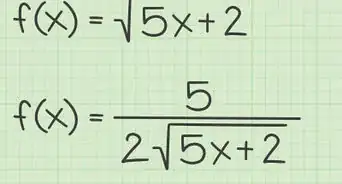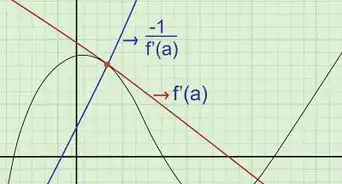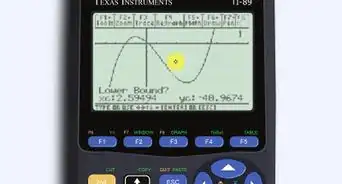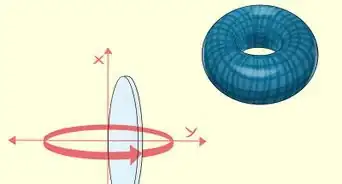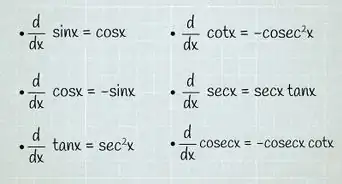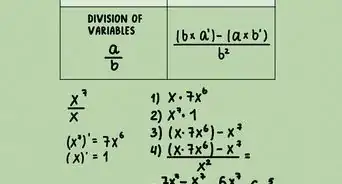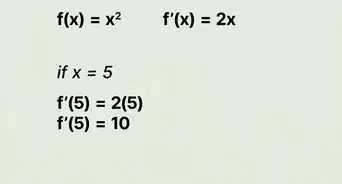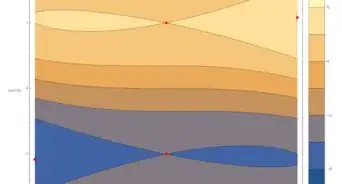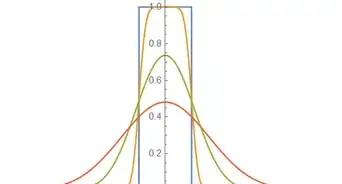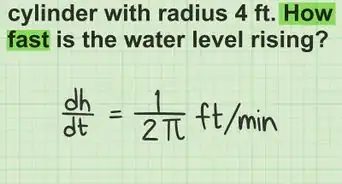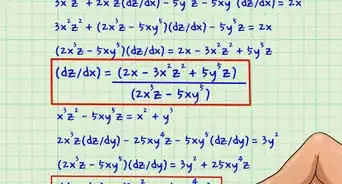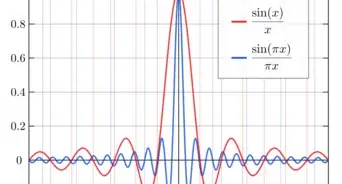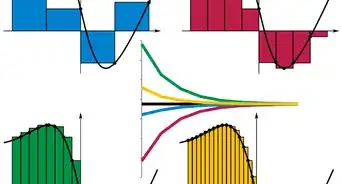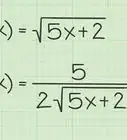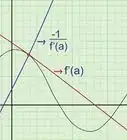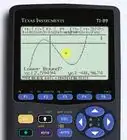X
wikiHow is a “wiki,” similar to Wikipedia, which means that many of our articles are co-written by multiple authors. To create this article, volunteer authors worked to edit and improve it over time.
This article has been viewed 46,336 times.
Learn more...
The Gamma function is a special function that extends the factorial function into the real and complex plane. It is widely encountered in physics and engineering, partially because of its use in integration. In this article, we show how to use the Gamma function to aid in doing integrals that cannot be done using the techniques of elementary calculus.
Preliminaries
- The Gamma function is defined by the integral below for The Greek letter is used to denote this function.
- For positive integers the Gamma function is equal to the factorial function with its argument shifted by 1.
- Because the Gamma function extends the factorial function, it satisfies a recursion relation. This recursion relation is important because an answer that is written in terms of the Gamma function should have its argument between 0 and 1.
- The Gamma function also satisfies Euler's reflection formula. It is from here that we can continue the function into the entire complex plane, minus the poles at the negative real numbers. Using the reflection formula, we also obtain the famous Alternatively, we can use the u-sub into the definition of the Gamma function, resulting in a Gaussian function.
- Below is a plot of the Gamma function along the real axis, showing the locations of the poles. This function grows faster than any exponential function.
Steps
Part 1
Part 1 of 4:
Example 1
-
1Evaluate the integral below. The most important thing to check before doing the integral is to check that the integral actually converges. This integral certainly converges because the exponential decay term dominates for large This integral is one example of a more general integral which always converges, which we will evaluate next.
- Notice that no amount of integration by parts will solve this integral.
-
2Make the u-sub . This allows the integral to be written with a term, which is what the Gamma function demands. It doesn't matter what the exponent on the power term is. Each time we u-sub, we also have to back-sub in order to rewrite the power term in terms ofAdvertisement
-
3Evaluate the integral. Instead of directly evaluating, we use the Gamma function to write our answer in terms of that function. Since the argument is shifted by 1, the integral will equal
-
4Use the recursion relation to rewrite the answer in terms of an argument between 0 and 1. It may seem pointless to write our answer in terms of this function, when we do not have a way of determining the actual value. However, there are methods to do so via other definitions. It is for this reason that we simplify our answer this way, so that we can allow computers to determine these specific values to extreme accuracy. The specific value has been proven to be transcendental, so there is no way to write this number algebraically.
-
5Consider the generalized integral. We assume that and are real numbers. Because this is a generalization, we have to be careful for which values that the integral fails to converge.
-
6Make the u-sub . We can use the same technique used to evaluate the previous integral.
-
7Evaluate the integral in terms of the Gamma function. Of course, we pull out constants. For our answer to be consistent with where the Gamma function converges, we must put the qualifier that
Advertisement
Part 2
Part 2 of 4:
Example 2
-
1Evaluate the integral below. The integral is a product of three functions which also converges because the exponential decay term still dominates. The way we integrate this is to use Euler's formula and then to take the real part of our result.
-
2Use Euler's formula and make a u-sub. Our u-sub will be from the way we have set up our integral. Every complex number should be rewritten in polar form in order to simplify the algebra.
-
3Evaluate the integral in terms of the Gamma function. We then use the recursion relation to get the argument between 0 and 1. After simplifying further, we multiply by or 1, in order to get the angle in the exponent to something more manageable.
-
4Take the real part of the result. We can evaluate using the half-angle identity.
- We can take the imaginary part as well to obtain the sine integral for free. This is the benefit to working with trigonometric functions.
Advertisement
Part 3
Part 3 of 4:
Example 3
-
1Evaluate the integral below. We cannot directly use the Gamma function because our bounds are from 0 to 1 and there exists a logarithm inside a square root.
-
2Use the u-sub . This has the effect of changing the bounds, which are then negated because of the differential It works out nicely that the back-sub puts the exponential function into the integrand, allowing the Gamma function to do its work.
-
3Evaluate the integral in terms of the Gamma function. Another u-sub should be used. The value occurs often enough that you may as well memorize it. Otherwise, going back to the recursion relation is a good way to check your work. As standard, if you can write the value in terms of constants, do so. Otherwise, just leave it in terms of the Gamma function.
Advertisement
Part 4
Part 4 of 4:
Example 4: Regularization
-
1Evaluate the integral below. The integral below is divergent. You can verify this by using the u-sub However, there is a method by which we can assign a value to this integral in a way that makes sense. This is called regularization. The standard method is by introducing a term where is a positive function on the interval
-
2Multiply the integrand by . The integral changes to taking the limit as Because this is an exponential term, it does not matter what function we choose in the exponent, as long as it is a positive function. We simply choose for convenience.
-
3U-sub and rewrite the integral in terms of the complex exponential. This allows us to rewrite the integral in terms of the Gamma function.
-
4Evaluate the integral in terms of the Gamma function. Remember to set at the earliest convenient time.
- Finally, we take the real part of our answer. The handling of these integrals must be done very carefully because of the divergence.
- We can also figure out the corresponding sine integral simply by taking the imaginary part of our result.
Advertisement
Community Q&A
-
QuestionWas this function used in general relativity?
 Community AnswerPerhaps it may be seen when computing certain integrals as a result of solving the geodesic equation, or a similar calculation. You may instead be looking for the Lorentz factor, which is seen in special relativity and denoted by a lowercase gamma. The Gamma function is more commonly seen in quantum mechanics and quantum field theory.
Community AnswerPerhaps it may be seen when computing certain integrals as a result of solving the geodesic equation, or a similar calculation. You may instead be looking for the Lorentz factor, which is seen in special relativity and denoted by a lowercase gamma. The Gamma function is more commonly seen in quantum mechanics and quantum field theory.
Advertisement
About This Article
Advertisement


























































